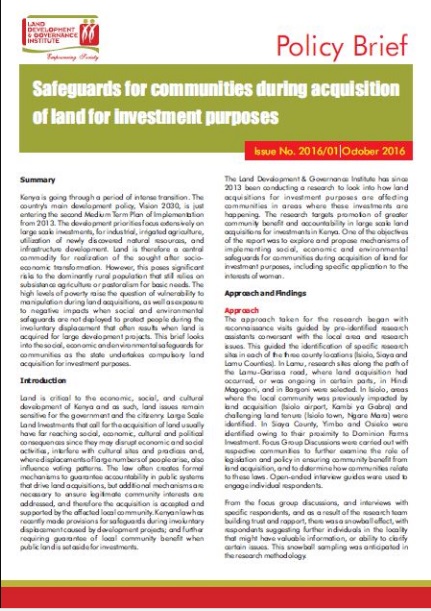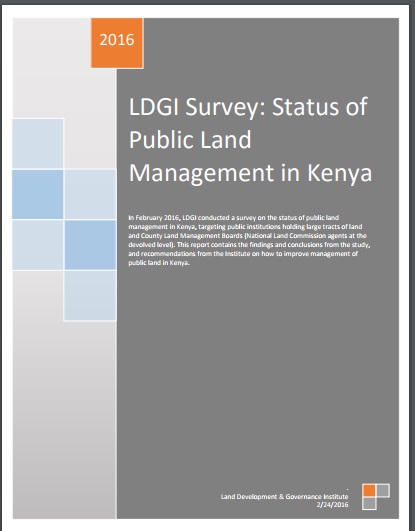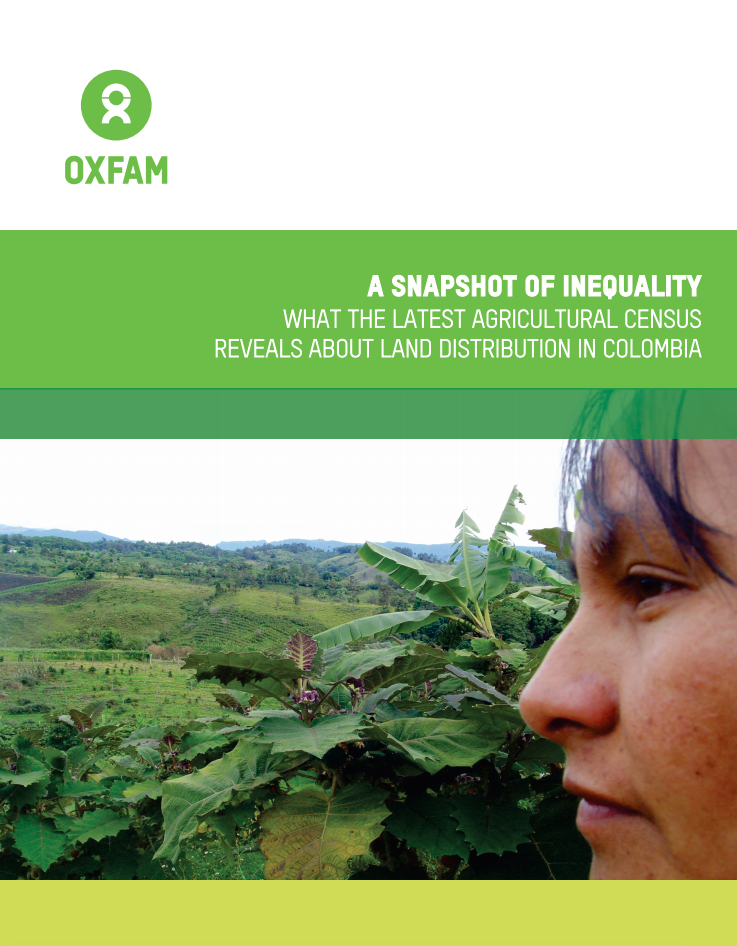Landscape Dynamics on the Island of La Gonave, Haiti, 1990–2010
The island of La Gonave lies northwest of Port-au-Prince and is representative of the subsistence Haitian lifestyle. Little is known about the land cover changes and conversion rates on La Gonave. Using Landsat images from 1990 to 2010, this research investigates landscape dynamics through image classification, change detection, and landscape pattern analysis. Five land cover classes were considered: Agriculture, Forest/Dense Vegetation (DV), Shrub, Barren/Eroded, and Nonforested Wetlands. Overall image classification accuracy was 87%.






